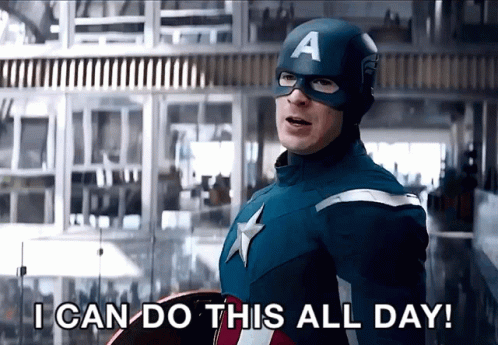Before I joined eComEngine, I was working for companies/organizations doing outsourced software projects. It was my first time to work for a company with its own products as its main revenue stream. It was a refreshing change for a Scrum Master who had to deal with explaining what being Agile means to external stakeholders. The icing on top is the leadership team of eComEngine places a high value in being Agile. I got recruited by the company because they were looking for a Scrum Master. On the previous companies I have worked for, I was either a developer turned Scrum Master because the company wanted to try being Agile or I was a recommended hire because the company wanted to try being Agile. Even before I joined eComEngine, its leadership team has decided that they should be Agile.
Derek McMillan is part of that leadership team. He is the Director of IT for eComEngine and my direct supervisor. He is a strong supporter of being Agile. He has a good understanding of the principles and values and actively advocates being Agile to the whole company. In this blog post, I share Derek’s answer to some of my questions about being an Agile leader.

How did you first learn about being Agile?
I started studying Agile about 8 or 9 years ago while working at eComEngine. Up until that point, I had mostly worked with very small developer teams (1 or 2 devs max), but we had plans to scale our developer count up, in order to work on more products at a time. I knew that we would need a more structured way to track work as we added developers.
I had been reading about Agile (Scrum and Kanban) on various tech forums for years, and the concepts seemed very interesting and promising to me. I discussed the idea of trying out Kanban with our company owner, and we both thought it would be a step in the right direction. We started using Jira in Kanban mode, and after a few months both the owner and I became more and more intrigued by Scrum. From there, we started organizing our teams more in alignment with Scrum practices.
As we learned more about Scrum and ran into pain points, we decided that it would be a good idea to consult with an Agile Coach. That engagement illuminated how poorly we had been implementing the various facets of Scrum, and we slowly evolved towards a more pure Agile Scrum approach. This involved us hiring our first dedicated Scrum Master as well as implementing and embracing the requisite meetings and cadences.
As Director of IT for a company with remote workers, what made you choose to be Agile?
The choice really came down to deciding between Waterfall and Agile. I don’t know that the remote aspect of our company was much of a deciding factor. For us, Agile just made more intuitive sense because it addressed so many of the pain points that we had historically hit in a more Waterfall-style approach.
Specifically, Scrum endeavoured to limit developer disruptions by adhering to structured Sprints. Agile assumed that priorities and requirements would be changing over time and accounted for that. We also liked how the teams were self-organizing and could work at a sustainable pace indefinitely as we were keen to create an enjoyable work environment.
What do you think are the top challenges in being Agile while working remotely?
To me, the biggest remote challenge is collaboration. Remote collaboration is difficult whether you’re talking about Agile or any other aspect of business, and central to effective collaboration is effective communication. It is nearly impossible to achieve the same level of interpersonal communication in a distributed environment versus in a traditional office space.
In a company of any size you deal with many different personalities, and in communication there are both verbal and non-verbal cues which affect how effective that communication ultimately is. In a remote environment where you cannot rely on sufficient bandwidth for video conferences, you eliminate all non-verbal cues from the interaction which makes it difficult to have great communication. This impacts everything from fostering engaging retrospective meetings to just the simplest form of one on one meetings. It’s difficult to replace the ability to look the other person in the eye.
What are your recommendations for leaders in company with remote workers, who are wanting to be Agile?
As a leader in a remote company, your first objective needs to be to hire the right people. For any company to be successful, Agile or otherwise, you have to surround yourself with people with strong work ethics who earn your and each other’s trust. Trust is best earned in a remote environment by being responsive to all communications. A direct message from a coworker is the remote equivalent of your coworker knocking on your office door or sticking their head over your cubicle wall. If you do not respond consistently it has the same effect as you never being at your desk in a physical office.
Provide best in class collaboration tools to help mitigate the challenges of remote communication. This includes products that facilitate instant messaging (Skype, Slack, Google Hangouts, etc), group meetings (Zoom, GoToMeeting, Google Hangouts, Amazon Chime, etc) and work coordination (LeanKit, Jira, Rally, etc). You should also invest in online tools which help to better facilitate Agile ceremonies like backlog grooming and retrospectives.
Perhaps the most important requirement for leaders in any Agile company is for them to drink the Kool Aid. If they are not 100% committed to being Agile, then they can never expect the rest of the company to be either. Expect your company’s Agile process to be a journey that has no end; you are always learning where you can do things better and adjusting to improve.







